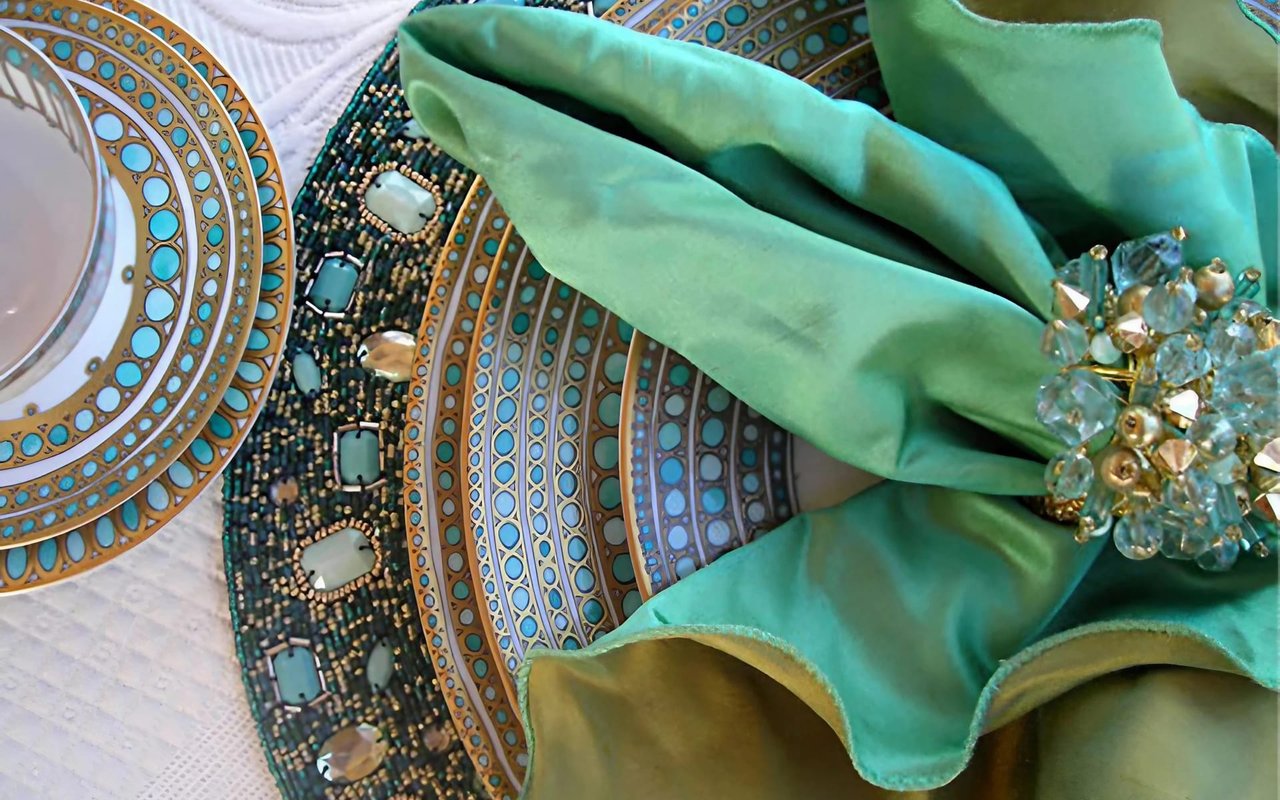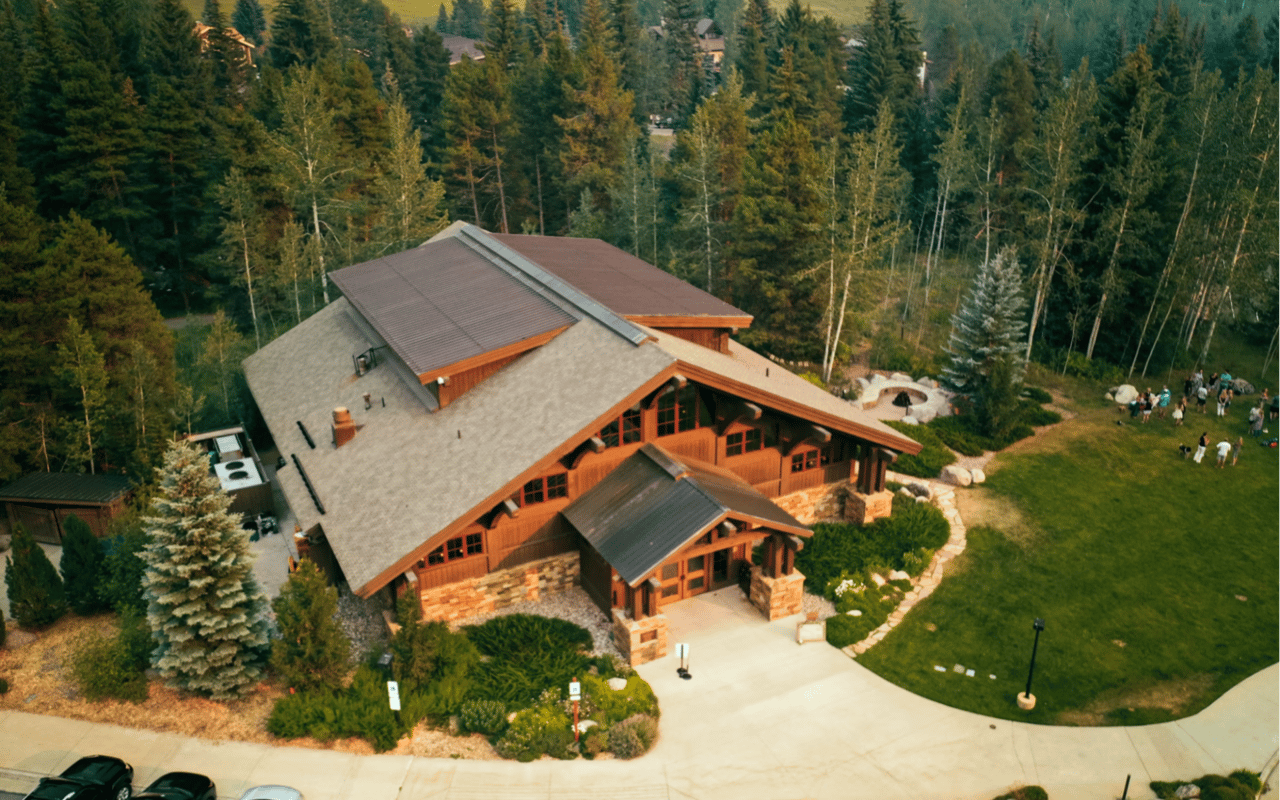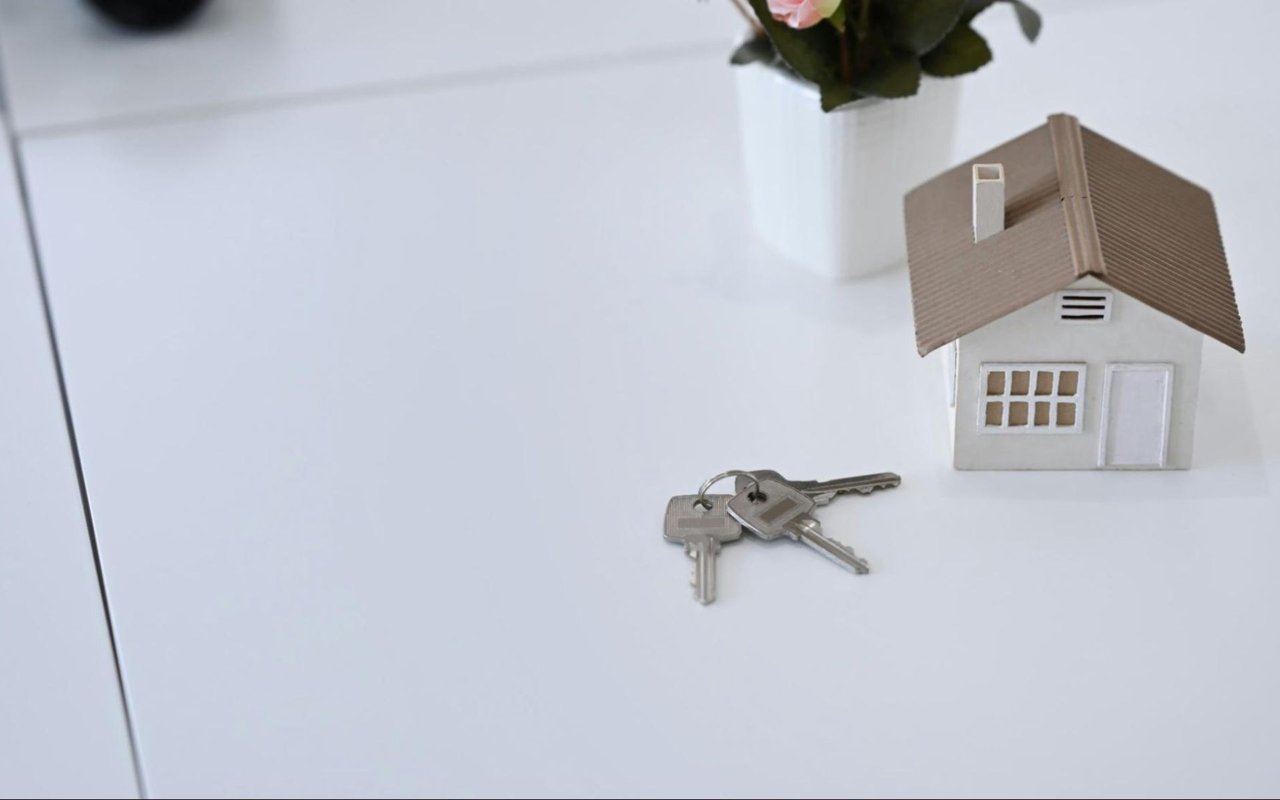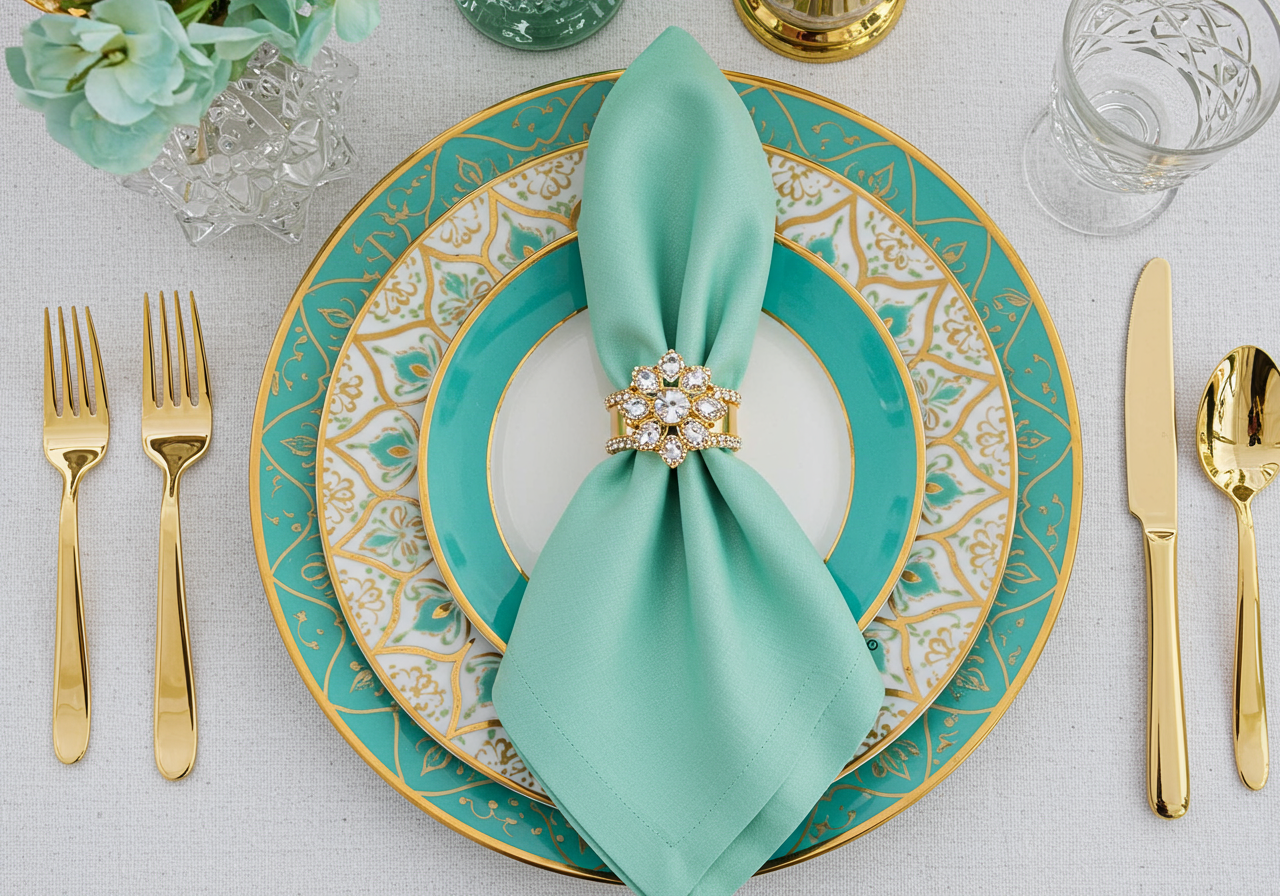
After a flurry of holiday parties and events, there’s an inevitable heap of table linens calling out for proper washing and storage. Okay, I know this isn’t a fun task for anyone. But the tedium is offset by the longevity of natural fibers if they are treated well. And actually, it’s not a complicated process, it just helps to pay attention to the end-of-cycle buzzer on your washer and dryer. (The longer they sit, the more wrinkled they get.)
We find that most of fine table linens can be preserved and enjoyed for years by following our guidelines below.
Washing
Table linens should be washed in warm water with gentle detergent followed by a cold rinse. Skip the fabric softeners as they decrease the fiber’s absorbency and leave a fragrance that’s not always appealing during a meal. (See ‘Removing Stains’ section below for specific recommendations.)
To help minimize wrinkles, remove table linens promptly and shake out to before drying.
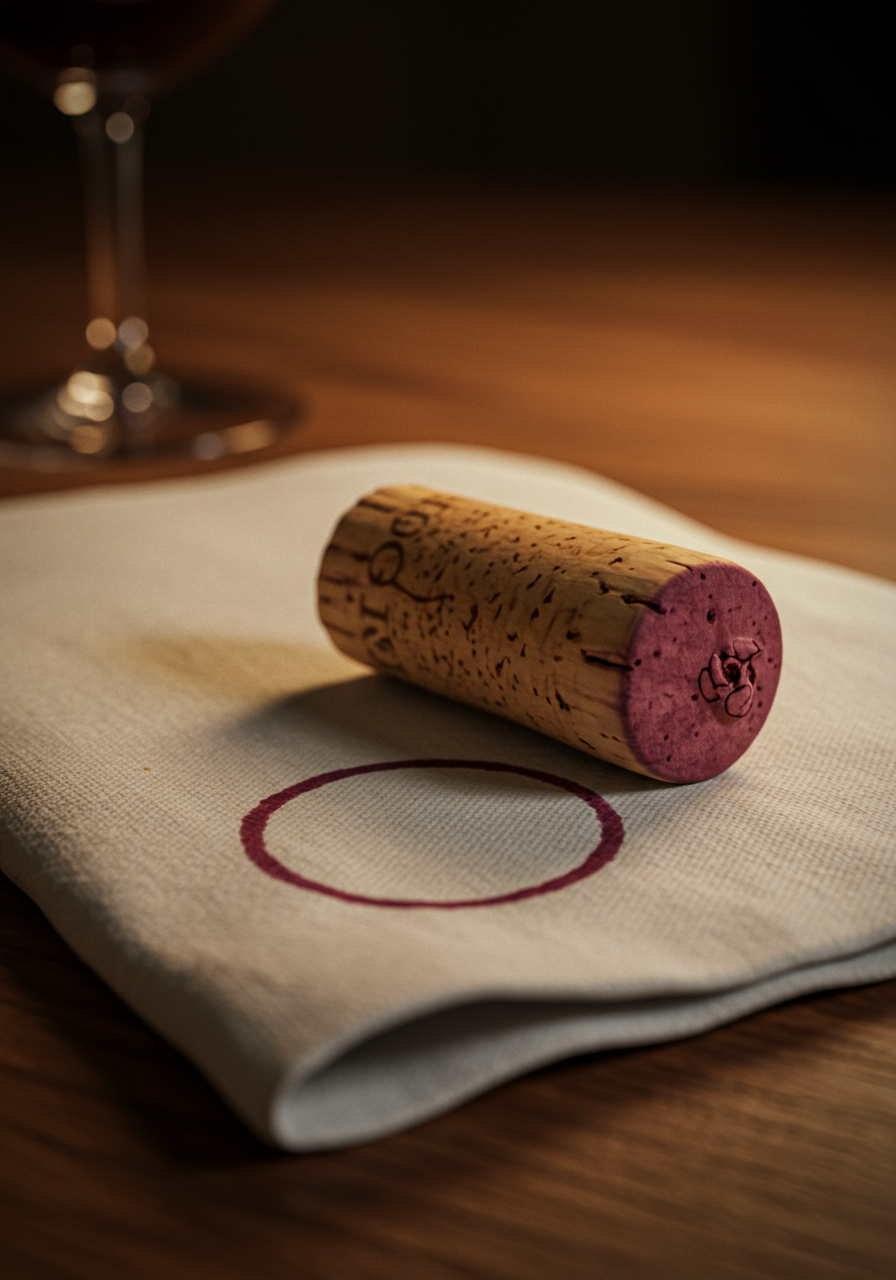
Wine: White wine is easily removed with normal laundering. Red wine stains can be handled two ways: a.) rub salt on the stain, and soak in cold water; if the stain is stubborn, rub the salt into it to remove; or b.) saturate the stain with club soda until it disappears.
Drying
Line drying linens is ideal because it leaves them nearly wrinkle-free and smelling fresh. Although using your dryer on the proper setting is satisfactory, too. The most important thing to remember when using the dryer is to avoid a hot heat setting. The “permanent press” setting on most driers is suitable and has a cool-down cycle that helps reduce wrinkles. Better still is the air cycle, which tumbles without any heat.
Always remove linens promptly to reduce wrinkling. Smooth them out and finger-press details and edges before folding carefully.
Ironing
While washing and drying linens properly will eliminate many wrinkles, fine linens made of natural fibers do wrinkle, particularly when new. As they become older and softer, you’ll find that they wrinkle less.
A good steam iron is a must. Avoid spray starch because it has a tendency to stick to the surface of the iron and may attract pesky silverfish to stored linens. Instead use the appropriate fabric setting on your iron to press table linens while they are still damp.
Storing
-
Always press linens before storage to reduce the fabric’s “memory” of the wrinkles. Store linens flat.
-
If the shelves are wooden, line with tissue paper. Some woods, such as cedar, contain oils that can damage linens.
-
Keep out of direct sunlight or moonlight to avoid color fading.
-
Don’t leave linens on your table where they may be exposed to direct sunlight for an extended period of time.
Removing Stains
Berries and Fruit
If the stain is still wet, sprinkle with salt and gentle liquid soap. Let sit for a couple of hours, and rinse well. If the stain is dry, a solution of borax (one part borax to six parts water) may remove the stain. Soak until it has disappeared.
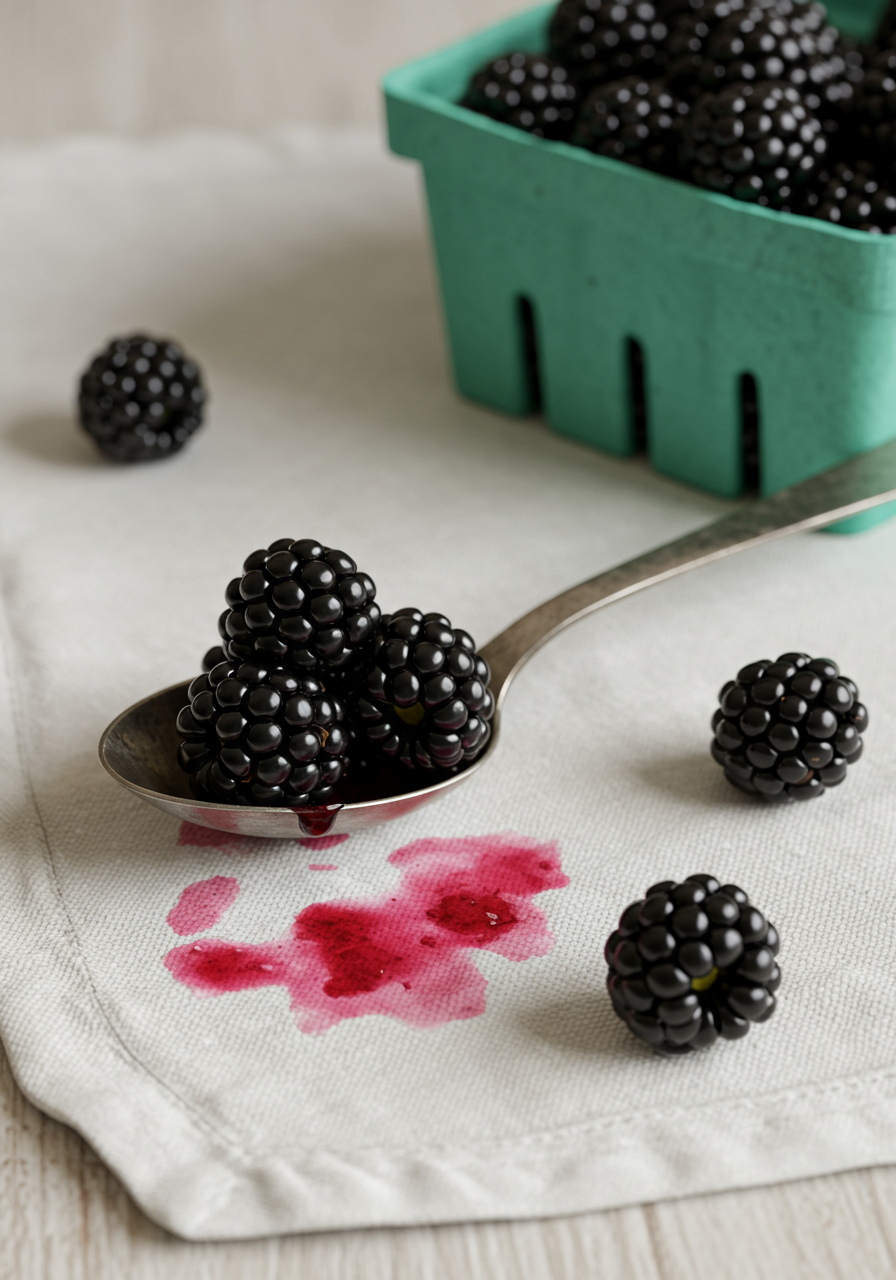
Wine: White wine is easily removed with normal laundering. Red wine stains can be handled two ways: a.) rub salt on the stain, and soak in cold water; if the stain is stubborn, rub the salt into it to remove; or b.) saturate the stain with club soda until it disappears.
Blood
Rinse immediately in cold water (never hot), then try one of the following: a.) sprinkle the stain with unflavored meat tenderizer; or b.) blot on hydrogen peroxide with a damp cloth, allow to bubble, then wipe with a fresh cloth. Repeat if necessary. For dried bloodstains: soak overnight in cold water and two cups of salt. Wash as usual.
Butter or Margarine
Mix one teaspoon of detergent with warm water. Apply to spot and blot. Repeat a few times if necessary. Or mix one part white vinegar and two parts water. Saturate the stain and blot until dry. Wash as usual.
Candle Wax
Gently peel away the wax that can easily be removed with your fingernail. If the wax is soft, harden with an ice cube. Place the item between two sheets of brown paper, and press with a warm iron; the paper will absorb the remaining wax. If the wax is colored, wash with a bleaching agent.
Coffee or Tea
Apply a borax solution (1 part borax to six parts water) directly to the stain, and then wash in warm, soapy water.
Grease
Do not allow grease stains to set! Sprinkle fresh grease stains with baking soda or cornstarch and leave for a couple of hours until the powder gets thick. Scrape away and repeat the process. Brush off the powder and launder as usual.
Grass
Mix one-third cup vinegar and 2/3 cup water. Apply to stain and blot. Or pre-soak in hydrogen peroxide and launder as usual.
Lipstick
Scrape off as much as you can with a dull knife. Use a pre-wash spray and rub with a clean white towel. Wash as usual.
Mildew
Apply white vinegar and lemon juice to kill the mildew. Let the item sit in the sun for a few hours. Wash as usual, but separately.
Scorch
Marks Treat the same way as mildew, but drying in the sun is not necessary.
Wine
White wine is easily removed with normal laundering. Red wine stains can be handled two ways: a.) rub salt on the stain, and soak in cold water; if the stain is stubborn, rub the salt into it to remove; or b.) saturate the stain with club soda until it disappears.

